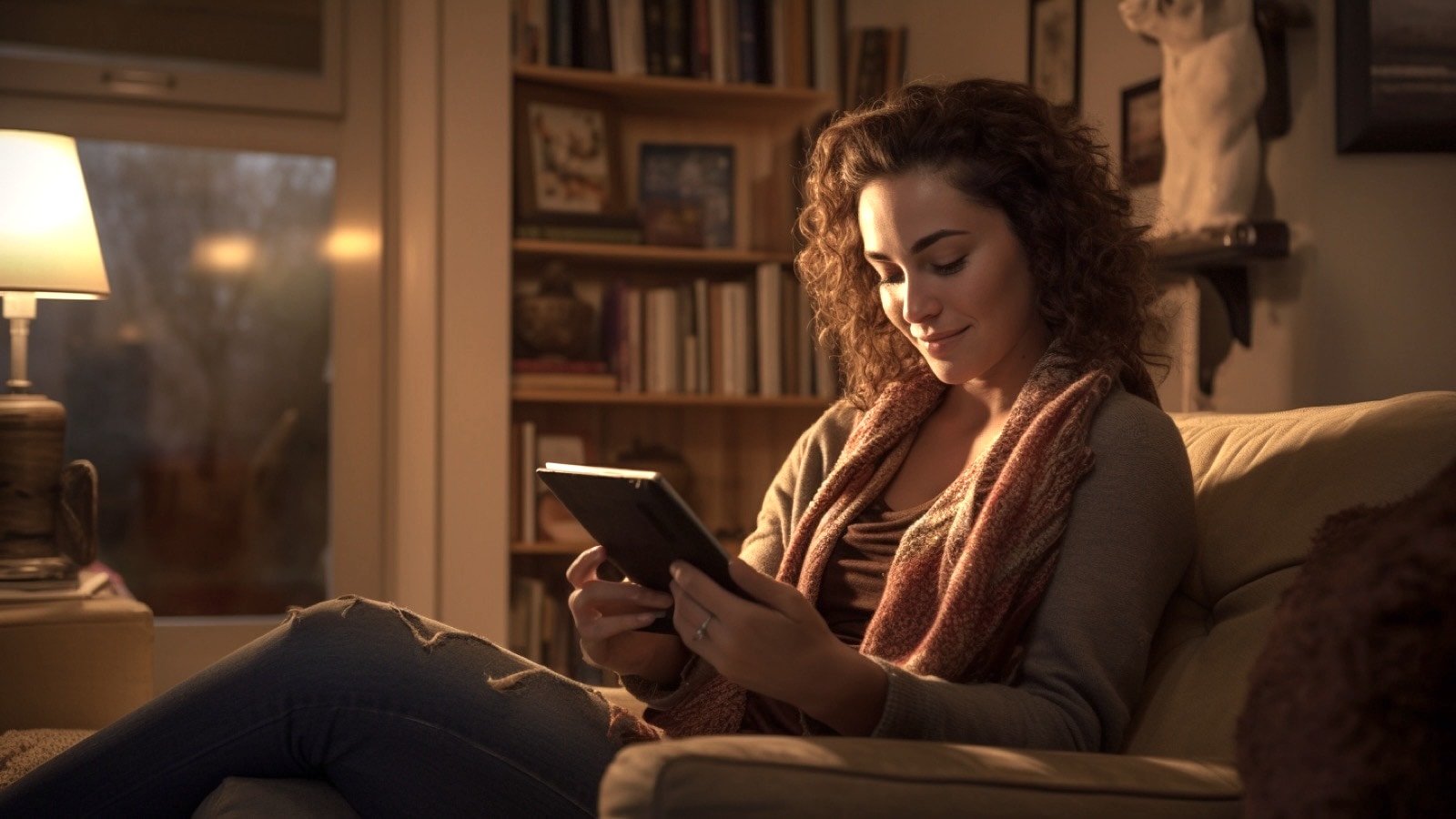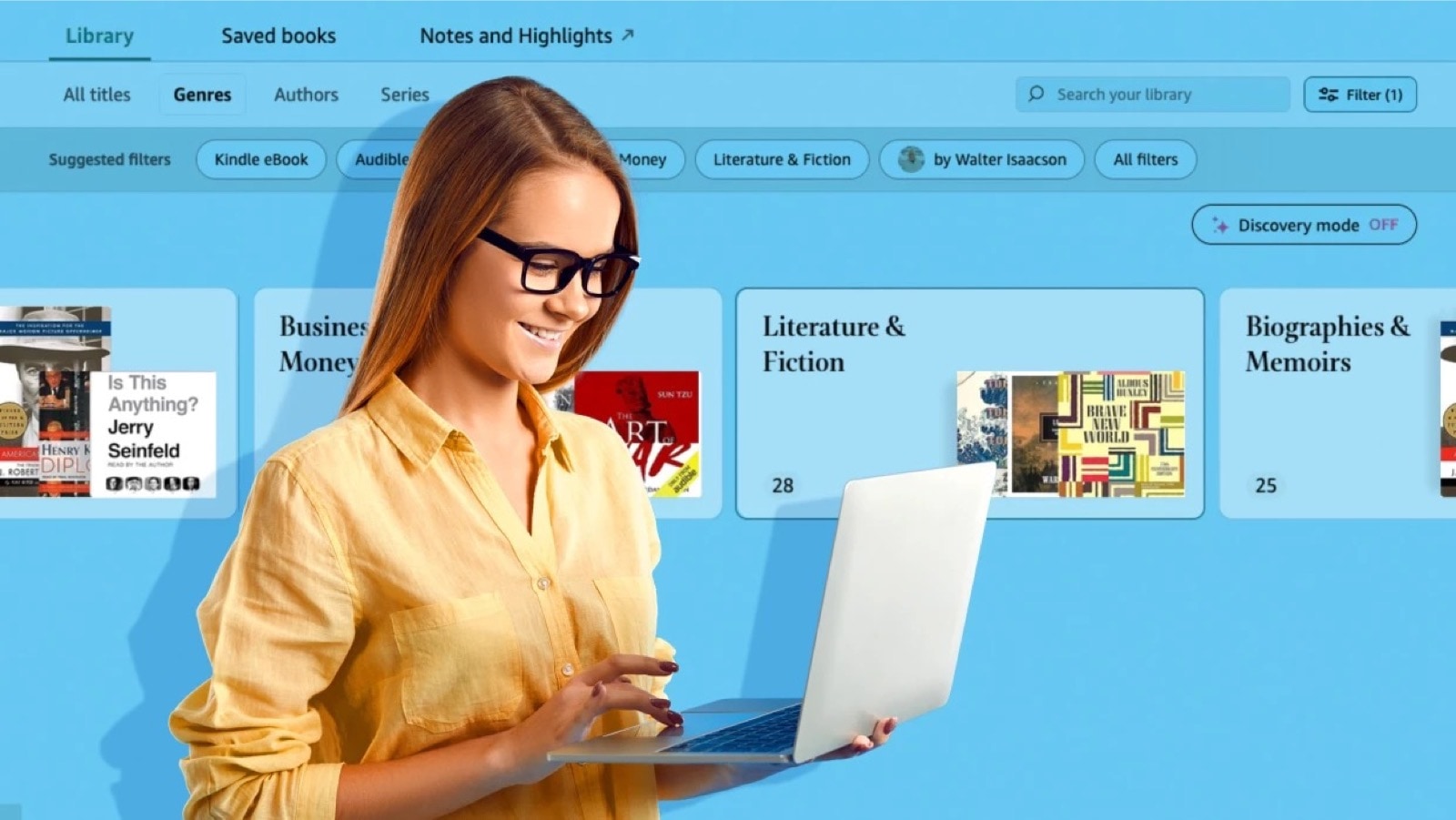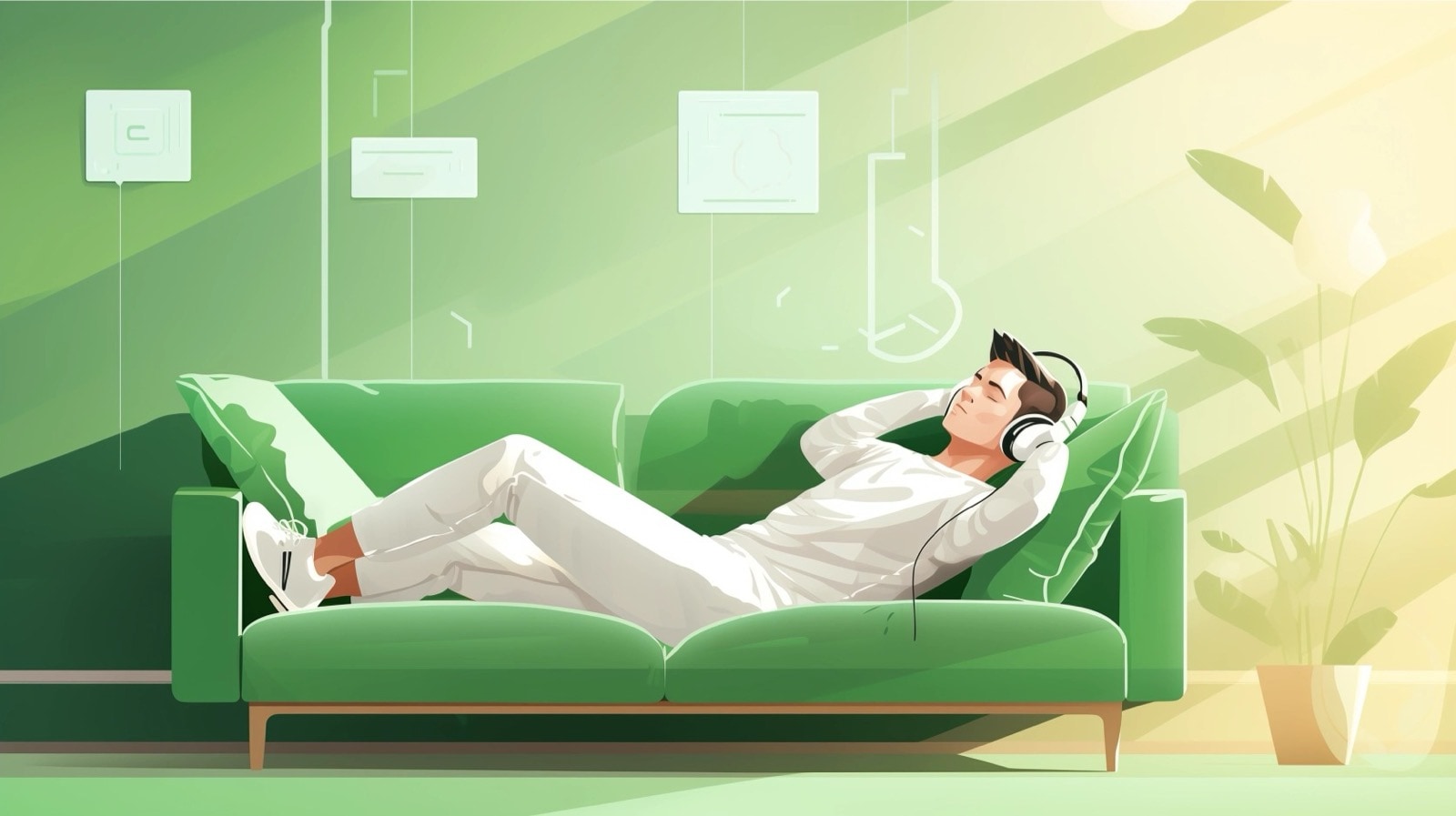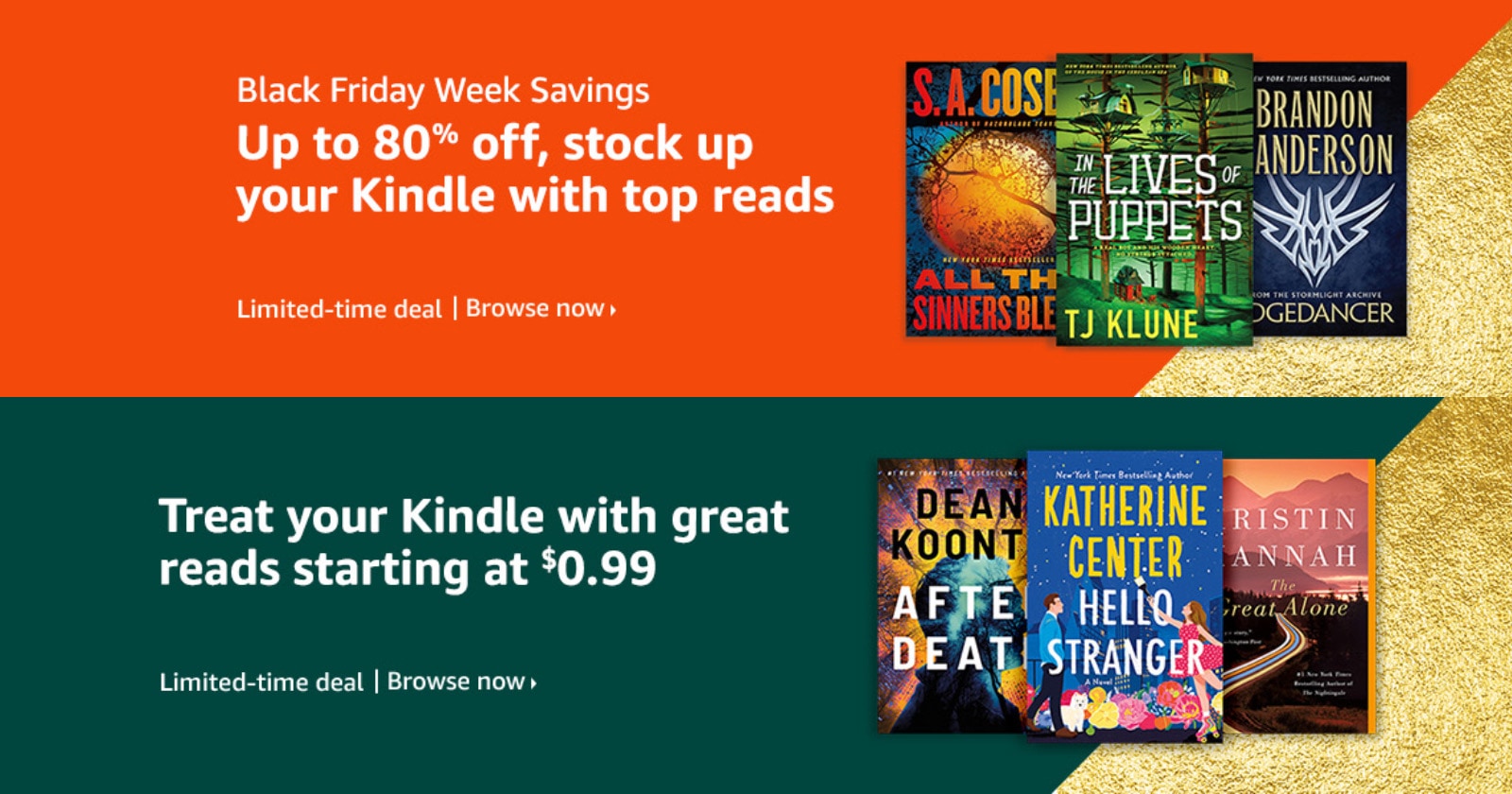
Here are amazing projects that enhance print books with technology are not only the inspiring concepts. They are the alternative way to push books forward.
Paper or electronic book? It is not a black and white decision. And moving from a printed to electronic book is not the only evolution path. The other one is when you enhance the print book with all the benefits of the ebook.
Imagine a print book that will offer Wikipedia or Google lookup in one finger touch or hand gesture. Or send a text right to your Facebook profile. Or let you experience the plot with more than just the eyes and imagination.
There are clever, far-sighted, brave people around who try to find ways to merge both words. The world of technology benefits. And the world of paper magic.
On the basic level, all that you need is a QR code on the printed book. Hybrid Books from Melville House are the great example. Scan the code with your smartphone, and you’re taken to Melville House Illuminations – highly curated text, maps, photos and videos related to the original book.
You can also physically include electronic elements in a printed book, to make it connected. It gets costly, though. You’ll have to invest not only in developing the digital content but also in making the medium digital-ready.
However, the technology that will connect any printed book with digital environment (and we feature it in this post) has a significant potential. It could be used in schools, libraries, and any other place where there are many print books.
Practically, any of the projects listed below could be called “revolutionary.” And it’s not about giving paper books a second chance. They’ve never lost the first one.
You’ll see the projects in the chronological order, to give you the idea of how the books-in-between concepts evolve.
If you know of any book hybrids that should be included in the list, please drop a note in the comments below. Thanks!
[ef-reco id=”106153″ title=”Read also” info=”Top article”]
14 projects that combine print books with technology
1. Blink


Blink, explained as “book + link,” is a concept of a printed book that is networked and linked to digital content.
Created by Manolis Kelaidis, a designer at the Royal College of Art in London, Blink has buttons that are printed using conductive ink.
When you touch a linked word, and your finger completes a circuit, the blinked book will send a command to a nearby computer, via a wireless Bluetooth module hidden in the back cover.
As a result, the computer can perform certain operations such as a web search for a blinked word.
The first Blink prototype, The Making of blueBook: Completing the Connection Between the Analogue and Digital Worlds, was printed at the Royal College of Art in 2006.
The book included demonstrations of implementing the technology in children’s and music books, as well as novels and non-fiction titles.
2. PhoneBook

In 2009, following unexpectedly big popularity of the iPhone as an e-reading device, a Japanese developer Mobile Art Lab created children’s book project called PhoneBook.
The project is the most “literal” execution of how a book hybrid could look and operate. PhoneBook consists of two parts: a traditionally printed book, and the iPhone application.
Start the app, insert the iPhone into the book, and you’ve got a chance to experience reading in a new way.
Insert-and-play is a wonderful concept to bring parents and children together and to let the kids get acquainted with technology without sacrificing the traditional way of reading.
Children’s books are actually very suitable for hybrid books. Jason Boog, the author of Born Reading, lists 12 interactive print books for kids. When reading is all about having fun, a bit of interactivity performed by technology is a good idea to explore.
Coming back to the original project from Mobile Art Lab. Three PhoneBook titles are selling in Japan, via Amazon and Rakuten, but I think there would be demand for such book bundles in other countries as well.
3. The Next Ten

The Next Ten, is the project developed in 2011 by a Dutch advertising agency Fitzroy to celebrate the 10th anniversary of Accenture.
The project is utilizing the same concept as PhoneBook to present ideas of eleven inspiring Dutch thinkers and doers, in a variety of fields.
The goal of the book is to try to foresee how business, technology, and culture would develop in the next 10 years.
They provide insight into changes that will affect how we live, how we work, how we view the world and how we interact.
For the most immersive experience both the hardback and the app are needed, but you can get the free Next Ten iPhone app from the AppStore any time.
4. Electrolibrary

Electrolibrary is Waldek Węgrzyn’s 2012 diploma project at the Academy of Fine Arts in Katowice, Poland.
The idea for the project was inspired by El Lissitzky’s manifesto published in Merz magazine, in July 1923. In the manifesto, the Russian artist and designer foreseen print books would evolve into mediums enhanced by electricity.
The project connects a custom-made 32-page paper book to the computer via USB cable.
Just like a mouse or a keyboard, the printed book is a way to control the computer. It lets perform special tasks on a connected website elektrobiblioteka.net.
The reader can navigate the site by turning the pages. On top of that, sensors embedded in the illustrations let the reader activate animations on the website.
It is an experiment containing the elements of graphic design, electronics, programming, printing and bookbinding techniques.
Electrolibrary was awarded many prizes, including the one from The Association of Applied Graphic Designers in the Début category.
5. FingerLink

While most projects in this list require a specially designed paper book, this concept offers much more.
FingerLink, a codename for a prototype system developed by Fujitsu Technologies, can connect any printed book with a digital environment. In fact, it can be any real object.
Presented for the first time in August 2013, the concept detects objects your finger is touching in the real world. That way, the surface you touch becomes a touchscreen interface.
In other words, you can use touch gestures to perform different actions – with the exception that this is not happening on a tablet display, but on a page of a paper book.
This technology measures the shape of real-world objects and automatically adjusts the coordinate systems for the camera, projector, and real world.
Thanks to that, you can import any information from a real to the digital world. For instance, you can select the text and get a translation in the internet browser using Google Translate.
Suddenly, with FingerLink on the horizon, augmented reality library projects like Nimble look very probable to implement.
Fujitsu aims to develop a commercial version of this system by the end of 2014 fiscal year.
6. Papier Machine

Papier Machine is a cleverly designed book that explains the world of electronics through the absorbing combination of paper, conductive ink, and graphics.
At first sight, it looks like a beautifully designed book. However, instead of regular pages, you will discover inside six paper games that are ready to be assembled.
The pages are pre-cut and pre-folded to make assembling them easier. They are covered with different kinds of ink, including the one that conducts electricity.
Each of the six toys is focused on unveiling one of the processes electronic devices rely on: resistance, gyroscope, playing a track, wind sensor, writing track, and tilt switch.
7. Sensory Fiction

Sensory Fiction is a project that explores new ways of reading with digital augmentations.
It’s called Sensory Fiction. By using a set of connected sensors, the author can play with “new means of conveying plot, mood, and emotion while still allowing space for the reader’s imagination.”
Sensory Fiction consists of two elements: a connected book, and a wearable.
The augmented-reality book portrays the scenery and sets the mood. The wearable allows the reader to experience the protagonist’s emotions.
Changes in the protagonist’s emotions trigger relevant feedback in the wearable. It could be a change of the heartbeat rate (through air pressure bags) or localized temperature fluctuations.
The book cover animates to reflect the book’s changing atmosphere, while certain passages trigger vibration patterns.
Sensory Fiction was released in December 2013 by Felix Heibeck, Alexis Hope, and Julie Legault.
8. Novais Teixeira


This is an interactive print book concept from a Portugal design agency Atelier Martino & Jaña.
While the technology of how to trigger a connection to digital content was not revealed, the book is a wonderful example of the book design. It’s what most of the concepts that combine traditional and digital reading still have to improve.
The book is a biography of Novais Teixeira, a well known 20th-century Portuguese cinema critic (therefore an enhanced content is highly justified).
Our challenge was to create a biographic book, crossing inspirations and technologies from the past and present.
Red boxes in the layout correspond with the relevant interactive content to be consumed on a computer or tablet.
9. 3D Pop-up Book

Dawn Publications, a publisher specializing in children’s nature books, has the new approach to pop-up books.
When you read the print book, there are no pop-up elements inside. The pop-up happens in augmented reality, via a free app downloaded from the AppStore or Google Play.
When a kid reads the text aloud, with a tablet or smartphone positioned above the print book, suddenly the characters magically become animated.
At the beginning of 2014, the publisher released two augmented reality pop-up books: The Prairie That Nature Built and The Mouse and the Meadow. Each one is accompanied by a special mobile app.
Augmented reality seems to be the next big thing in technologizing print books. It took the hearts of app developers in 2014.
10. Wuxia the Fox

Wuxia the Fox is a successful Kickstarter campaign with a stunning promise: a picture book that transforms into an augmented reality gamebook with the help of the iPad app.
Compared to 3D pop-up books listed above, Wuxia the Fox is going to offer much-advanced features. On top of augmented reality elements displayed on the screen of the iPad, the app “reacts” to reader’s behavior.
For instance, different soundtracks and sound effects will be heard with a different rhythm, and tone of the voice of the person who reads the book aloud.
Also, if the user wears a mask, extra audiovisual elements will appear on the iPad app.
The project still needs funding, and it’s worth supporting it, as:
Wuxia the fox invites you to share a magical experience with younger and older children and introduce them to the poetic potential of technology.
On the higher level, Wuxia the Fox is not just an enhanced hybrid book, but an immersive game that helps create parents and children interactive stories and explore their connection to the earth.
11. Modern Polaxis

Modern Polaxis is another augmented reality Kickstarter project that got funding. This time it’s a comic book, and it’s awesome.
The comic is a 50-page private journal of a paranoid time traveler. All his secret information, his delusions and conspiracy theories, he hides in a secret augmented reality layer.
To access the secrets of Modern Polaxis, you’ll need a free iPhone/iPad app. Point the rear camera at the comic and the pages will come to life. The app will work not only with the printed comic book but also with the pdf version.
The story is based on true events, so reality is “truly augmented as fact and fiction are blurred.”
12. SmartBound
What’s great about SmartBound is that it’s a real print book. To trigger interactive elements you don’t need an iPhone app or any external technology. The electronic module, powered by the long-lasting battery, is hidden in the back cover.
As a result, SmartBound offers the same magic as an advanced kid’s tablet app – by touching the buttons, the reader triggers audio tracks, songs, and even games.
Opposite to simple sound books we all know, the audio comes in high quality. The tracks are way longer than few seconds. What’s more, there are dozens of interactive audio elements in a single book, not a couple of them.
First SmartBound titles will fit early education stage: letter sounds, and sounds associated with music, animals, and cities. There will be also books inspired by nursery rhymes, lullabies, and popular music.
13. Booke reading companion

The best thing about Booke is that it’s not a concept, but a working app for the iPhone and iPad. It adds digital features to the print book you are currently reading, and it doesn’t happen by scanning and converting print pages.
The app relies on digital versions of print books. Thanks to that, you can use the paper book just like you use the ebook: bookmark a page, select the text passage and share it on social media or via email, or search the entire content of a book for a word or excerpt.
For instance, you can say: Search for “freedom”, and the app will show you the list of pages of your print book where the word “freedom” appears.
The app works with app printed books available on Amazon, but to unlock all digital functionalities, you’ll have to match the print version (Booke Edition) with an ebook (Booke Companion) through the dedicated platform.
What’s most promising is that the platform can be used by publishers to add in their print books the digital triggers such as links or multimedia elements.
14. Bonus – Enciclopedia Mecánica

Projects listed above would not have been possible without book machines developed long before the Kindle.
Shown above, Enciclopedia Mecánica (Mechanical Encyclopedia), was created by a Spanish teacher Ángela Ruiz Robles in 1949, as a “mechanical, electrical and air pressure reading book.”
The device was equipped with coils where the books were being placed. The movement of coils passed over the topics.
In the left has a series of automatic spellers in all languages with a very slight pressure on a button displaying the letters you want, making words, phrases, lesson or topic and all kinds of writings.
Mechanical Encyclopedia had a zoom function, thanks to which the reader could focus on a specific text.
[ef-reco id=”106153″ title=”Read also” info=”Top article”]
Here are other popular lists to explore:
[ef-archive number=5 tag=”lists”]







